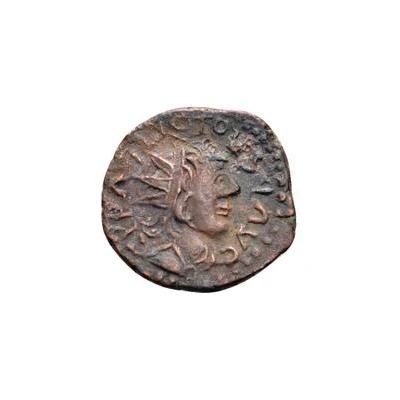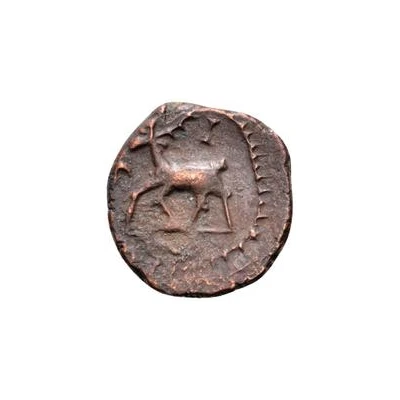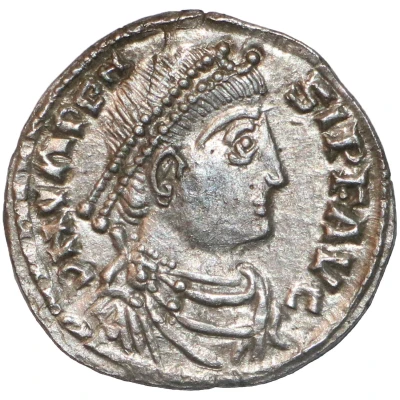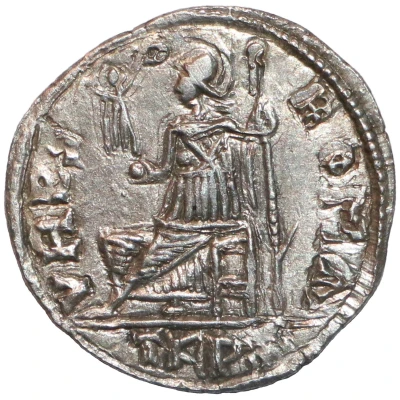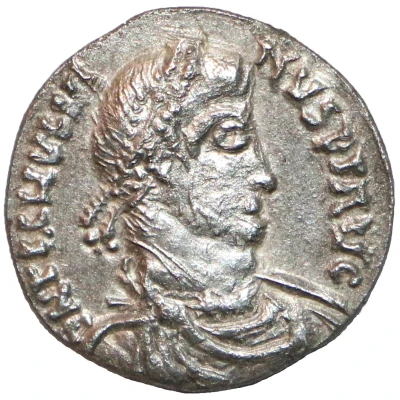
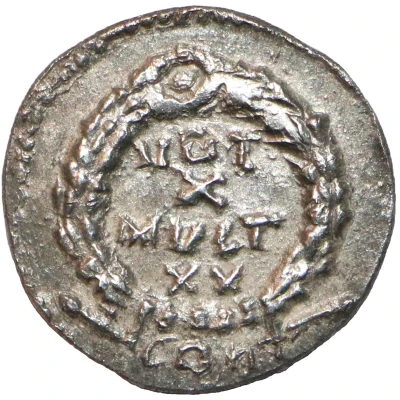

© John Conduitt (CC BY-SA)
1 Siliqua in the name of Julian II
| Silver | 1.6 g | 16 mm |
| Issuer | Uncertain barbarous city (Rome) |
|---|---|
| Type | Standard circulation coin |
| Years | 360-363 |
| Value | 1 Siliqua (1⁄24) |
| Composition | Silver |
| Weight | 1.6 g |
| Diameter | 16 mm |
| Shape | Round (irregular) |
| Technique | Hammered |
| Orientation | Variable alignment ↺ |
| Demonetized | Yes |
| Updated | 2024-10-04 |
| Numista | N#312136 |
|---|---|
| Rarity index | 97% |
Reverse
Vows within laurel wreath, mintmark in exergue.
Script: Latin
Lettering:
VOT X MVLT XX
CONS
Translation:
Votis Decennalibus Multis Vicennalibus
Vows for the tenth anniversary of reign and more for the twentieth anniversary to come.
Comment
Based on a siliqua of Julian II issued in Arelate, RIC VIII# 312.Interesting fact
The coin , the Standard circulation coin 1 Siliqua (in the name of Julian II) (360-363) from Uncertain barbarous city (Rome) made of Silver weighing 1.6 g, is an example of a coin that was issued during the reign of Emperor Julian II, also known as Julian the Apostate. Julian II was a member of the Constantinian dynasty and ruled the Roman Empire from 360 to 363 AD. He was known for his attempts to restore paganism as the dominant religion of the empire, and his coins often featured imagery and inscriptions that reflected this goal. It's interesting to note that the coin was issued during a time of significant religious and political upheaval in the Roman Empire, and its design and imagery reflect the cultural and religious shifts that were taking place during this period.
